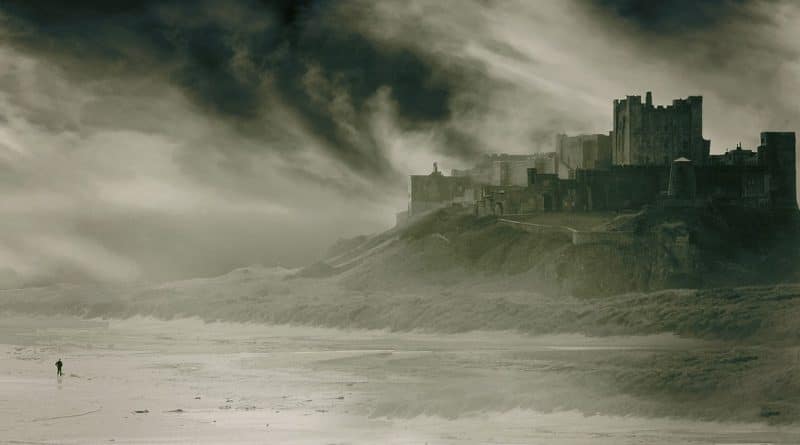Earl of Warwick was commissioned to suppress disturbances in the North Riding
The Earl of Warwick was commissioned to suppress disturbances in the North Riding on 13 May 1461. Following the Yorkist victory at the Battle of Towton many Lancastrians had fled to the north. A campaign had been launched very quickly by Edward IV to secure as much of the region as possible.
Securing the East Riding
Lord Fauconberg and Lord Greystoke were sent into the East Riding to secure Hull and Beverly. The King himself travelled as far north as Newcastle, overseeing the execution of some captured Lancastrian nobles, including the Earl of Wiltshire.
Northern affinities
A force led by Sir John Conyers and Sir Robert Ogle almost captured King Henry at Carham. Lancastrian resistance remained though. In Northumberland, several castles held out. In the North Riding, many people remained loyal to Henry, fuelled by years of animosity between the Percy and Neville families.
Earl of Warwick commisioned to suppress opposition
With a crown to secure and the threat of Scottish assistance to the Lancastrian enclave, Edward commissioned Richard Neville, Earl of Warwick, and his retainers to suppress all opposition in the North Riding.
Lancastrian resistance in the north
The Neville’s utilised their own retainers along with ordnance from the Royal Armouries to besiege the castles that held out in the region. They faced a stubborn defence by the Lancastrians, who were supplied and assisted militarily by their Scottish and French allies.
End of Lancastrisn resistance in the north
With attempts by the crown to raise a larger force to crush the resistance proving difficult, it took some time to flush out the Lancastrians. The North East saw some resistance until the Yorkist victory at Hexham.
Featured Image
Bamburgh Castle licensed under the Creative Commons Attribution 3.0 Unported license. Michael Walsh. Via wikimedia.
